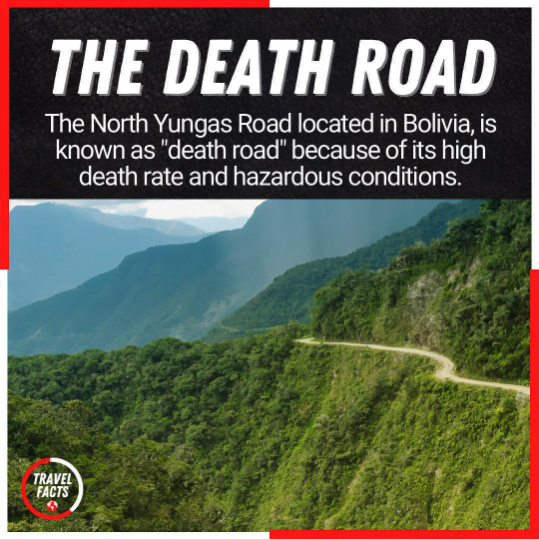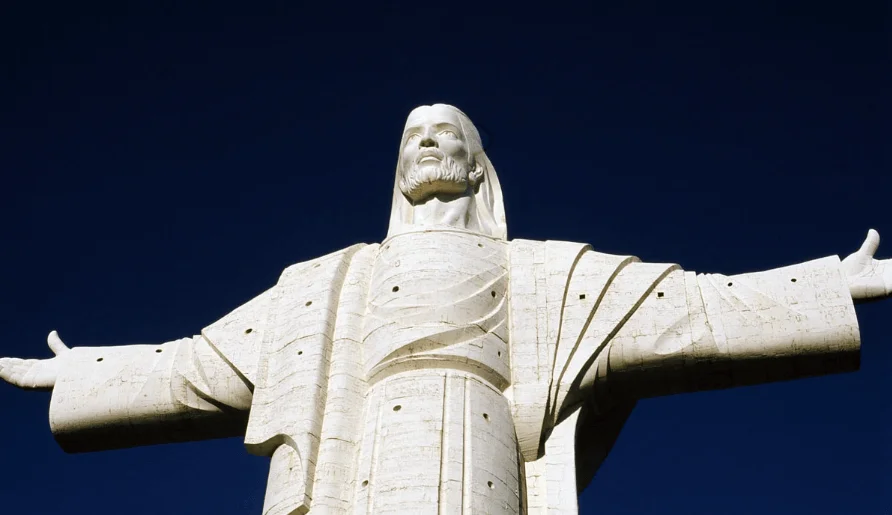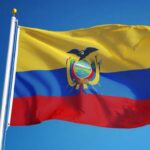Nestled in the heart of Latin America, Bolivia boasts a rich and diverse culture that sets it apart from the rest. Its dynamic history, unique landmarks, and customs make the country a fascinating destination to discover. Additionally, there are fun and interesting facts about Bolivia that are sure to captivate and astound you.
Renowned for its breathtaking beauty and legendary salt flats, Bolivia is a standout country in South America. It’s mysterious wildlife and infamous penitentiaries are just a few of the exciting experiences that await adventurous travelers.
Interesting Facts About Bolivia
Geography And Climate
Bolivia is the fifth-largest country in South America and is situated in the Andes mountain range. The country is home to a diverse range of landscapes, including the high Andes, the Amazon Basin, and the Chaco region. Bolivia also has many natural wonders, such as Lake Titicaca, the Salar de Uyuni, and the Madidi National Park.
The climate in Bolivia varies depending on the region. The high Andes have a cool climate with temperatures averaging around 10°C (50°F), while the Amazon Basin is hot and humid with temperatures averaging around 25°C (77°F).
Unique Customs And Traditions
Bolivia has a rich culture and unique customs and traditions. One of the most famous customs is the Diablada, a dance that originated in the city of Oruro. Dancers wearing elaborate costumes and masks perform the dance during the Carnival of Oruro.
Another unique tradition in Bolivia is Cholita wrestling. This style of wrestling features female wrestlers known as Cholitas, who wear traditional Bolivian clothing and perform acrobatic moves in the ring.
History And Politics
Bolivia has a fascinating history and political system. Various indigenous cultures have inhabited the country for thousands of years. The Spanish conquered Bolivia in the 16th century and ruled the country until its independence in 1825.
The principles of socialism and indigenous rights form the basis of Bolivia’s political system, making it well-known for this aspect. In 2005, Evo Morales became the country’s first indigenous president, and his government implemented a range of social and economic reforms.

Image Source: Instagram @factsaboutbolivia
Flora And Fauna
Bolivia has a diverse range of flora and fauna due to its varied landscapes. The Amazon Basin is home to many species of animals, including jaguars, anacondas, and macaws. The high Andes are home to llamas, alpacas, and vicuñas, while the Chaco region is home to jaguars, anteaters, and armadillos.
Many unique plant species, including the coca plant used to make cocaine, thrive in Bolivia. The country has gained recognition for designating over 17% of its land as protected areas to preserve its natural habitats.
Cuisine
The culinary traditions of Bolivia combine both indigenous and Spanish influences. One of the most popular dishes is the salteña, a savory pastry filled with meat, vegetables, and spices. Another popular dish is the pique macho, a hearty meal made with beef, sausage, potatoes, and vegetables.
Bolivia’s beverages, including chicha, a fermented corn drink, and singani, a grape-based liquor, are well-known.
Fun And Interesting Facts About Bolivia
- Bolivia boasts more than 30 languages, with Spanish being the most widely spoken language. However, other prominent languages in Bolivia include Quechua and Aymara. Aymara dominates the language spoken in the Altiplano and around Lake Titicaca, while Spanish and Quechua are the most common languages spoken in the Andes region.
- Most people are surprised to learn that La Paz is not Bolivia’s official capital, but rather the administrative capital city. While La Paz is home to the country’s seat of government and finance center, Sucre serves as Bolivia’s official capital because it is where the Supreme Court of Justice is located.
- Lake Titicaca, located in the Andes at 12,382 feet above sea level, is the highest navigable lake in the world. It is the deepest and largest in South America by volume. A popular destination for tourists, Lake Titicaca offers breathtaking scenery and fascinating cultural experiences.
- Nearly 55% of Bolivia’s population is indigenous, making it the country with the highest population of indigenous people in Latin America. This makes Bolivia a unique destination to explore local culture, traditions, and history.
- Bolivia is a prime location for finding Ametrine, also known as Golden Amethyst, Trystine, or Boliviante. This precious stone is a combination of citrine and amethyst and is usually hexagonal in shape with yellow and purple hues. Each crystal is unique due to the natural combination of gems.
- One-third of Bolivia is situated in the Andes Mountains, where many of the country’s largest cities are located. As a highland country, Bolivia’s cities in the Andes Mountains offer stunning views and unique cultural experiences. However, visitors should factor in time for acclimatization if coming from a lower altitude.
Read More: Interesting Facts About Ecuador That Will Leave You Amazed
Interesting Facts About Bolivia You Should Know
- Bolivia, known as Upper Peru during the Spanish reign, finally gained independence on August 6th, 1825, after years of fighting for liberation. The country has a rich cultural heritage, which reflects its diverse ethnicities and traditions.
- The traditional outfits worn by Bolivian women hold significant cultural value. The long-pleated skirt, known as pollera, is a symbol of their repression under the Colonial authorities. The Spanish Colonial authorities forced the skirt upon them, but now it represents pride and cultural heritage.
- The ancient Tiwanaku empire centered in Bolivia and the Inca empire incorporated it in the 15th century. The country has a rich historical heritage and cultural significance that dates back to ancient times.
- Bolivia’s flag reflects the country’s history. The red color represents the bloodshed during the fight for freedom, the yellow represents the country’s wealth and mineral deposits, and the green symbolizes Bolivia’s amazing agriculture and landscape.
- In Bolivia, it is traditional for many generations of families to live together in a single household. Society considers men as the primary breadwinners while women focus on family and household chores.
- Bolivia is the highest and most isolated country in South America. Only Paraguay and Bolivia are the two landlocked countries in South America.
- Bolivia is a biodiverse country with numerous ecosystems that thrive due to its tropical climate and location. It is home to 40% of all animal and plant life on Earth.
- Madidi National Park, located in Bolivia, harbors more than 90 bat species, 50 snake species, 300 fish species, and 12,000 plant species. Bolivia designates more than 17% of its land as a protected area.

Image Source: Instagram @boliviafacts
Amazing Interesting Facts About Bolivia
- Did you know that Bolivia boasts one of the world’s largest butterfly sanctuaries? The sanctuary spans over 24 hectares and houses more than 1000 butterfly species, making it a must-visit destination any day of the year.
- Bolivia’s Amazon basin is home to the Inia Geoffrensis, also known as the Bolivian river dolphin. In 1832, scientists discovered these unique pink dolphins, which have a larger brain capacity than humans. These pink dolphins are renowned for their ability to turn even pinker when excited and are among the top five most intelligent freshwater species.
- Salar de Uyuni, Bolivia’s largest salt flat, is one of the world’s most intriguing places and a popular tourist destination. The flat spans approximately 10,582 km², making it the largest in the world. When a thin layer of water covers the salt flat, it creates a natural mirror that reflects the sky above, producing iconic photos of a cloudy sky on land.
- Bolivia is also famous for its zebras, or people dressed in zebra costumes, who help children and other pedestrians safely cross the road while teaching them about road safety.
- Palacio de Sal, a luxury hotel made entirely of salt, is located on the coast of Salar de Uyuni. Native artists have crafted salt sculptures and the hotel features salt ceilings, walls, and furnishings.
- The North Yungas Road, also known as Death Road, now offers a popular guided bike tour for those seeking a more thrilling experience. It connects La Paz Coroico.
- The walled society of El Penal de San Pedro, also known as Saint Peter’s Prison, located in La Paz, houses 1,500 inmates who are allowed to live with their families. Although tourists were once allowed in, violence committed by inmates against visitors led to the closure of the prison doors.










